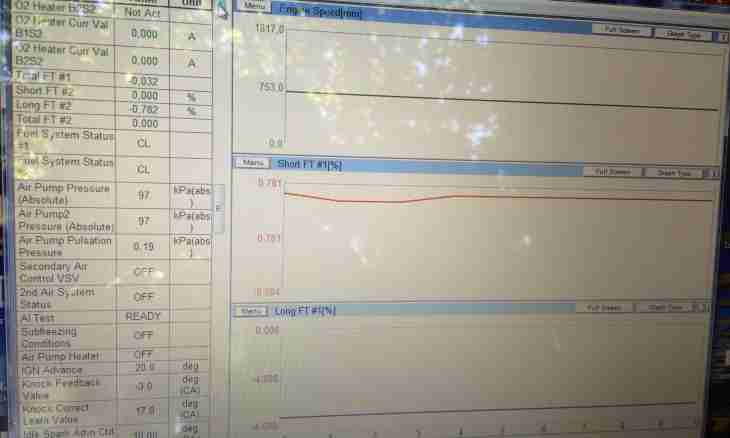Pressure is the important physical quantity which characterizes behavior of liquid and gaseous substances. Absolute call pressure measured concerning temperature equal to absolute zero. Such pressure creates ideal gas on vessel walls.
General concepts
In terms of science, absolute pressure pressure relation in a system to pressure in a vacuum is considered. The sum of indications of the sensor of a system and atmospheric pressure is the most widespread expression for absolute pressure. Expression takes the form:
Absolute pressure = Gauge pressure + Atmospheric pressure.
Atmospheric pressure is defined as the air pressure upon the Earth's surface. This value is not fixed or a constant and can change depending on temperature, height and humidity. Gage pressure represents pressure in a system which was measured by means of the measuring device. These devices, or sensors, can be classified by design features. The most widespread types are sensors on the basis of elastic elements, sensors with a column of liquid and electric devices. If the sensor does not consider atmosphere pressure in the indications, then calculation of absolute pressure is made manually.
Units of measure and practical application
In practice absolute and gage pressure are not the same system performance. Therefore for each of them the designation is used. The most widespread reception is addition of indexes. After the letter designating absolute pressure put the and index, and after manometrical – "m". Such designations are most often used in engineering calculations. At their performance it is necessary to use the correct designation of pressure to avoid mistakes. The difference between absolute and gage pressure is much more noticeable in case atmospheric pressure has the same order of size, as manometrical. The neglect an atmospheric component of absolute pressure in calculations also leads to serious mistakes in design. It can be shown by studying the closed cylinder with ideal gas at a temperature of 25 wasps and of 1 cubic meter. If the manometer on a cylinder shows pressure of 100 Kilopascals, and pressure of the atmosphere is not considered, then the rated number of moles of gas in a cylinder is about 40.34.
When atmosphere pressure also is 100 Kilopascals, absolute pressure is actually equal 200 Kilopascals and correct the number of moths of gas will be 80.68. The actual number of moles of gas will become twice more in comparison with initial calculation. This example is set by importance of use of the correct algorithm of calculation of pressure.

